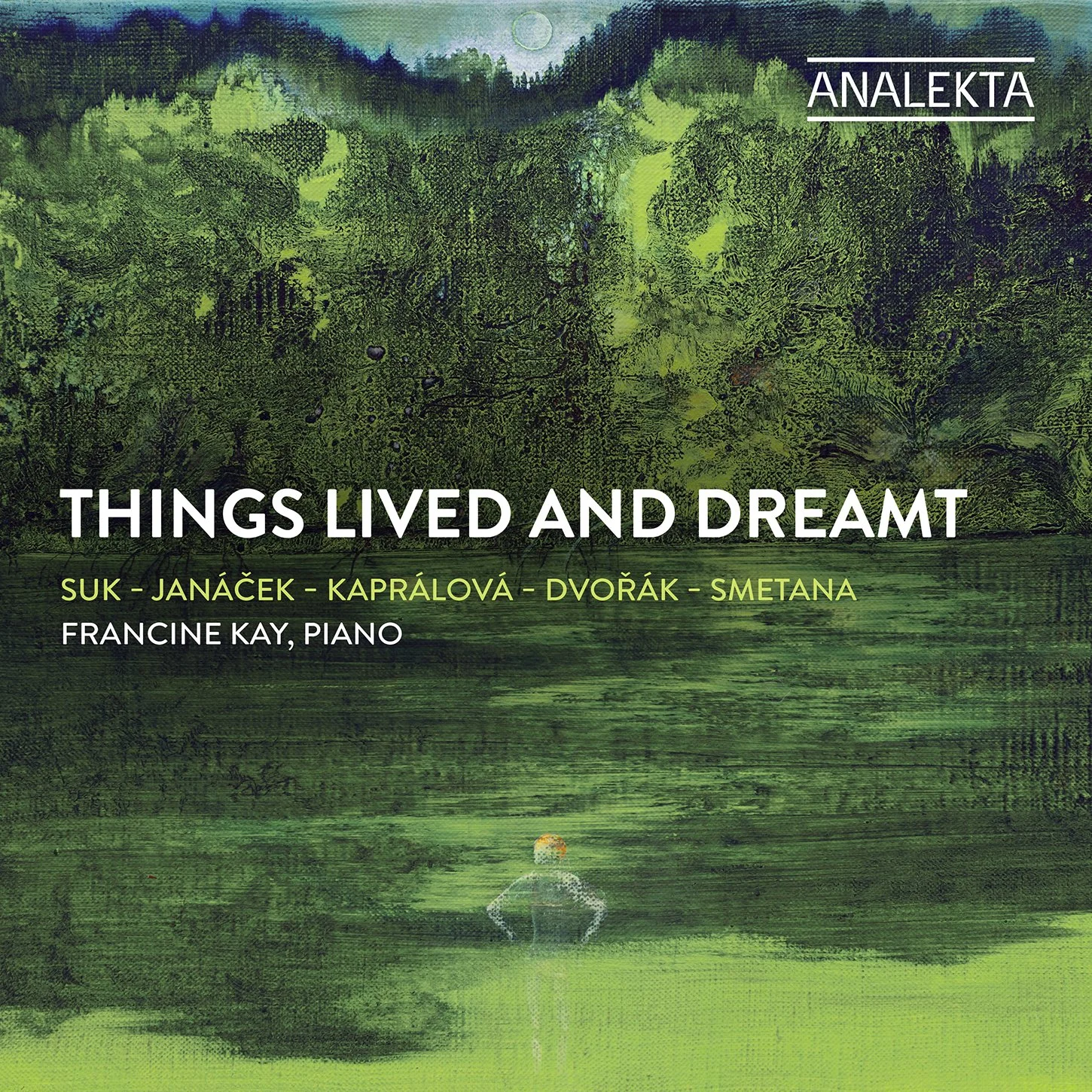The wonderful thing about technology is how easy it’s become to share music with people all over the world. Armed with that knowledge, violist Georgina Isabel Rossi and pianist Silvie Cheng decided they wanted to bring some rarely-performed works by Chilean composers to the masses. Rossi and Cheng take us through five decades of Chilean viola music in Mobili, featuring world premiere recordings of works by Rafael Díaz, Carlos Botto, Federico Heinlein, and David Cortés, with a special tribute to Juan Orrego-Salas — who, just a few days before recording began, passed away. Feeling an incredible responsibility to do justice to his work, the duo decided to dedicate and name the album for his piece.
When I asked her about the album — a project two years in the making — Rossi revealed that the recording process was unlike anything she’d done before. The emotions going into creating the album were complex, and it felt particularly special because, with one exception, the works on Mobili had never been recorded before. And while Rossi shares a certain geographical connection to selections (she was born in Chile), she wanted to do the project because of the composers and pieces themselves: “They felt like treasures,” she says, “they’re top-notch.”
Orrego-Salas, for example, was in the United States for two years as a Rockefeller and a Guggenheim Foundation grantee, and he studied composition with Aaron Copland and George Herzog. “They were not nobodies,” Rossi says, they were just some of the many whose pieces had not been recorded due to a lack of funding. “There are not many opportunities to just stop everything and dedicate all this time and money into an endeavor of this nature.”
Nor is this album “[some] kind of niche Chilean thing that you have no connection to, because that’s just not the case,” says Rossi.
Of the five decades of music on this album, Rossi says the modern pieces are considered more traditional in a Western sense — more invested in tonality and beautiful melody rather than placing an extreme emphasis on intellectual composition, and that lends itself to the discovery of meaning here in the real and present world.
Cortez and Díaz are the youngest composers on the recording, and both incredibly connected to the landscape and nature in the creation of their pieces. The younger generations “care about the land we live on and how it’s being affected,” says Rossi, “and I think we think about the issues we’re facing here and now and try to solve them.” In her opinion, this is the rediscovery of harmony and melody, things that were left behind by the modernists.
Rafael Díaz’s ¿Habrá alguien que en sus manos sostenga este caer? (Will There Be Someone Whose Hands Can Sustain This Falling?), for solo viola, opens the album. At the beginning of it, I feel like I’m falling indeed — gently, slowly, and my feet eventually touch the ground. Expertly played, the music guides you through the listening experience, one minute passing by into the next without noticing. According to the notes, “Taking inspiration from ritual prayers of the Pewenche people of the central Andean region, the work embodies the pantheistic ethos of their way of life in which the natural world and the deity are fused.”
David Cortés’ Tololo is a musical homage to the Coquimbo Region, where he grew up. If you do a Google search, you’ll see that the area is full of observatories you can visit to view the astronomical wonders of the night sky — and the music reflects that. As I listen, I transcend the telescopes and lenses, and I’m walking through the cosmos watching stars explode into supernova around me.
Really listening to music requires a person to unplug from the world around them, because how much can you really appreciate something if it’s on in the background? In the end, Rossi hopes people will give the album a chance, and approach it with an open mind — if someone were to take five minutes out of their day to sit with the music, that would mean the world to her.
The album is worth more than five minutes, that’s for sure. I can feel the emotion and love behind each piece, and I can feel the culture. Mobili brings me to a world I have never been to, and takes me around, showing me something new. That’s what this album is — something new. And it is worthy of attention.






